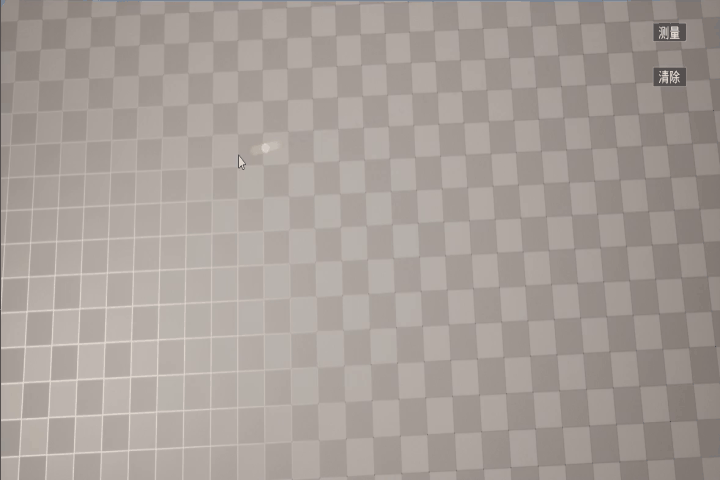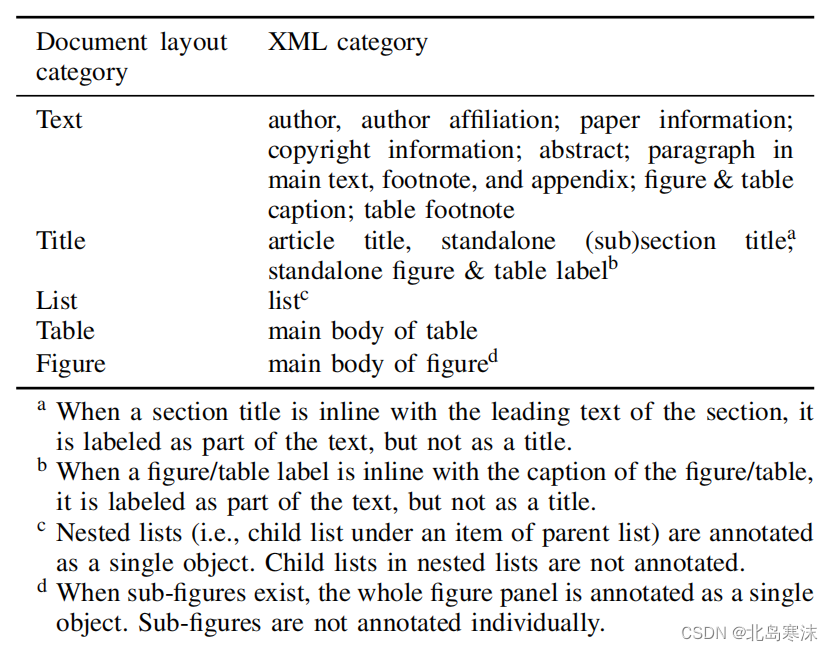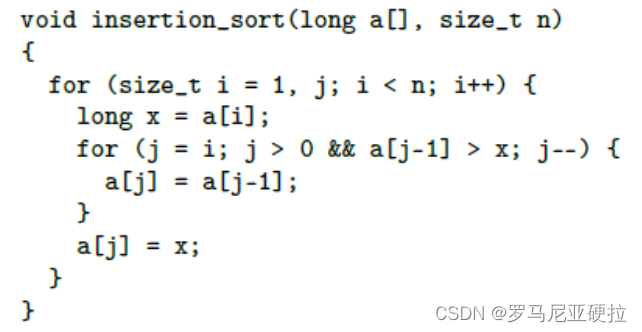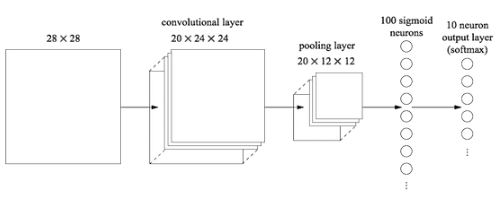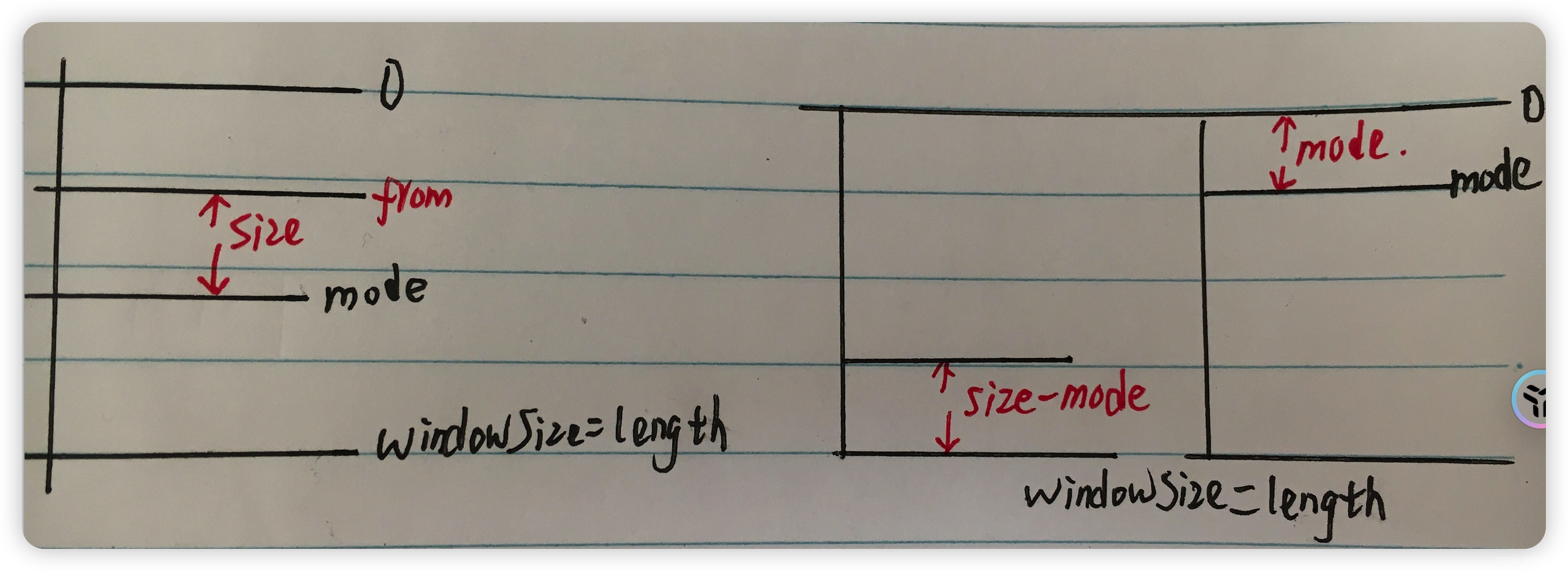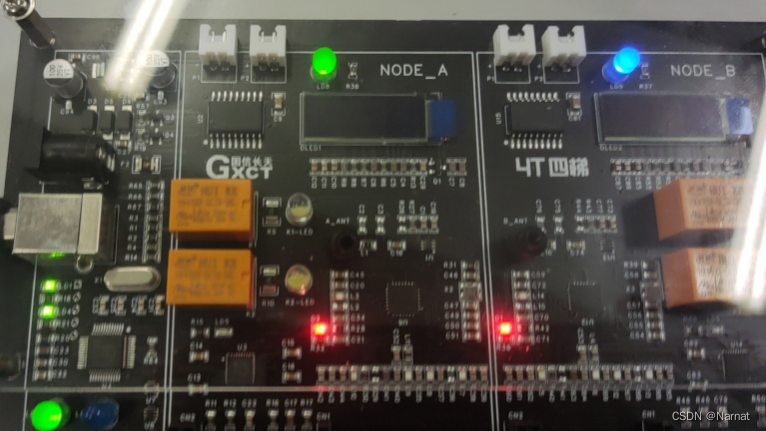A.const修饰变量
变量是可以修改的,如果把变量的地址交给⼀个指针变量,通过指针变量的也可以修改这个变量。
但是如果我们希望⼀个变量加上⼀些限制,不能被修改,怎么做呢?这就是const的作⽤。
#include <stdio.h>
int main()
{int m = 0;m = 20;//m是可以修改的const int n = 0;n = 20;//n是不能被修改的return 0; } 上述代码中n是不能被修改的,其实n本质是变量,只不过被const修饰后,在语法上加了限制,只要我们在代码中对n就⾏修改,就不符合语法规则,就报错,致使没法直接修改n。因为在经过const修饰后,变量有了常量的属性,我们通常称之为常变量,但它的本质属性仍为变量。
但是如果我们绕过n,使⽤n的地址,去修改n就能做到了,虽然这样做是在打破语法规则。
#include <stdio.h>
int main()
{const int n = 0;printf("n = %d\n", n);int*p = &n;*p = 20;printf("n = %d\n", n);
return 0; } 我们可以看到这⾥⼀个确实修改了,但是我们还是要思考⼀下,为什么n要被const修饰呢?就是为了不能被修改,但const只是限制了n,没有限制*p,所以如果p拿到n的地址就能修改n,这样就打破了const的限制,这是不合理的,所以应该让p拿到n的地址也不能修改n,那接下来怎么做呢?
B.const修饰指针
我们看下⾯代码,来分析
#include <stdio.h>
//代码1
void test1()
{int n = 10;int m = 20;int *p = &n;*p = 20;//ok?p = &m; //ok?
}
void test2()
{//代码2int n = 10;int m = 20;const int* p = &n;*p = 20;//ok?p = &m; //ok?
}
void test3()
{int n = 10;int m = 20;int *const p = &n;*p = 20; //ok?
p = &m; //ok?
}
void test4()
{int n = 10;int m = 20;int const * const p = &n;*p = 20; //ok?p = &m; //ok?
}
int main()
{//测试⽆const修饰的情况test1();//测试const放在*的左边情况test2();//测试const放在*的右边情况test3();//测试*的左右两边都有consttest4();return 0; }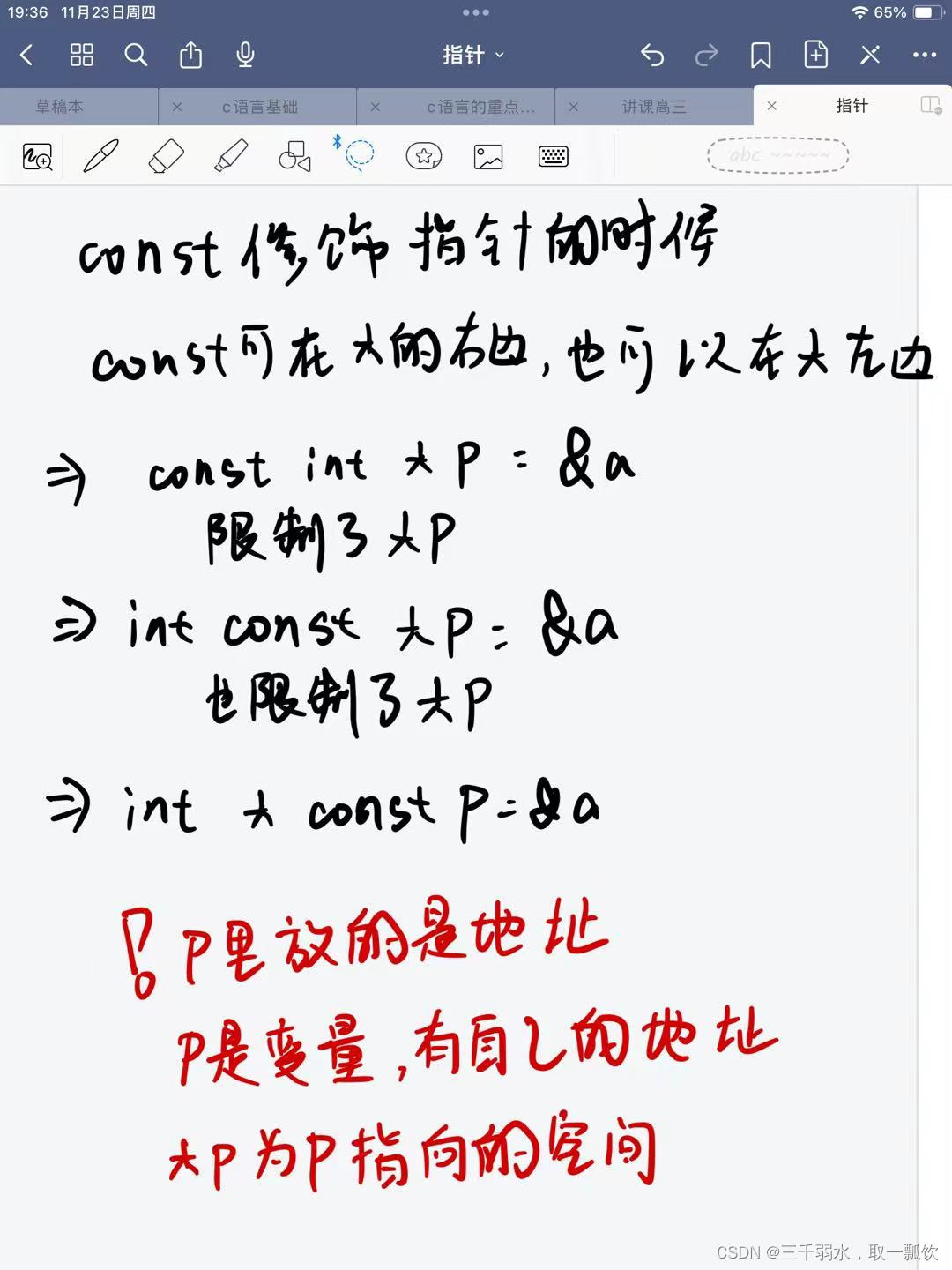
结论:const修饰指针变量的时候
• const如果放在*的左边,修饰的是指针指向的内容,保证指针指向的内容不能通过指针来改变。
但是指针变量本⾝的内容可变。
• const如果放在*的右边,修饰的是指针变量本⾝,保证了指针变量的内容不能修改,但是指针指
向的内容,可以通过指针改变。


